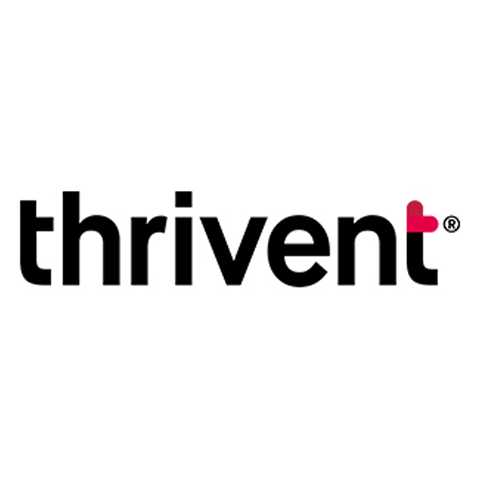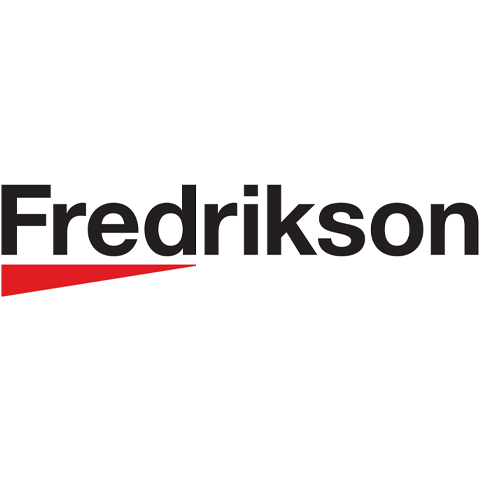Minnesota: 2030 | 2023 edition - Key findings
Key findings
Minnesota entered the 2020s with a highly developed but slow-growing economy. Decades of private sector innovation combined with a steadily-growing, highly skilled workforce left Minnesota with a unique set of economic assets. Minnesota has a diverse base of leading companies and industries that produce among the most patents per capita in the nation. The state has above-average per capita incomes, high education levels and consistently is among the highest labor force participation rates and lowest unemployment rates in the U.S.
Yet, after experiencing robust economic expansion in the second half of the 20th century, growth slowed substantially in the first two decades of this century. This has been driven in large part by Minnesota’s aging population, which caused a sharp slowdown in labor force growth and constrained the rate of job creation and economic output as a result.
Demographic headwinds have been coupled with additional barriers to developing the state’s economy this century, including negative domestic migration, persistent racial disparities, increasing business climate concerns, and under-supply of core community assets like child care, housing and broadband.
These long-term trends converged with a sudden short-term public health crisis in 2020, as the COVID-19 pandemic led to the sharpest economic downturn in the state’s modern history. The state’s recovery from this historic downturn showed the resilience of its diverse economy. But it also exposed and exacerbated some of the longer-term challenges that had been mounting to this point. Minnesota: 2030, released in early 2021, examined these complex combinations of strengths and challenges and outlined opportunities for Minnesota to strategically influence the direction of its economy this decade.
At the core of this plan lies a simple fact: Minnesota’s labor force is projected to remain essentially flat in the coming decades due to an aging population and low migration. For Minnesota to further develop its economy and fuel future prosperity, the state must foster greater productivity growth – accomplished through innovation, business investments, and rising education and skill levels in the workforce. The state must also find creative ways to grow Minnesota’s workforce.
All of this will require dedicated attention to long-term priorities, even as volatility in the broader economy is sure to bring about new challenges and opportunities in the meantime.
Minnesota: 2030 – 2023 Edition measures Minnesota’s economic performance in the first three years of the decade, assesses its strengths and remaining challenges related to key economic strategies, and makes a case for renewed focus on fundamental priorities.

Minnesota’s economic performance 2020-2023:
- Minnesota’s economy largely recovered from the 2020 downturn by the summer and fall of 2021, as GDP and unemployment returned to pre-pandemic levels.
- A historic workforce shortage constrained the recovery of total nonfarm employment, as job openings surged while the total labor force declined by over 97,000 people in the first year of the pandemic.
- Minnesota reached a record-low unemployment rate of 2.3% in April 2022 and faced increasing challenges related to rising inflation in the U.S. economy.
- Minnesota ranked in the bottom 20 states in key economic growth indicators so far this decade, ranking 35th in GDP growth, 40th in job growth, 35th in labor force growth and 42nd in net domestic migration.
- Minnesota’s growth compares similarly to other states in the region but ranked 8th out of 12 Midwest states in GDP growth and 10th of 12 in job growth.
Action items for future growth:
- Minnesota must prioritize productivity to enable a more prosperous future.
- Accelerate efforts to equip Minnesotans with tech skills and invest in training for workers of color.
- Double down on efforts to spur entrepreneurship and retain high-growth firms.
- Assess workforce and economic development programs and identify opportunities to increase
- access, evaluate outcomes and modernize program goals to align with long-term economic objectives.
- Streamline permitting processes to help Minnesota build on existing industry strengths.
- The cost of doing business is an element in driving business investments that cannot be ignored.
Minnesota must regain its position as a regional magnet for talent in the upper Midwest.
- Retain and attract more young adults as they transition from high school to post-secondary education and the workforce.
- Increase regional competitiveness by making the state more affordable while maintaining its high quality of life.
























